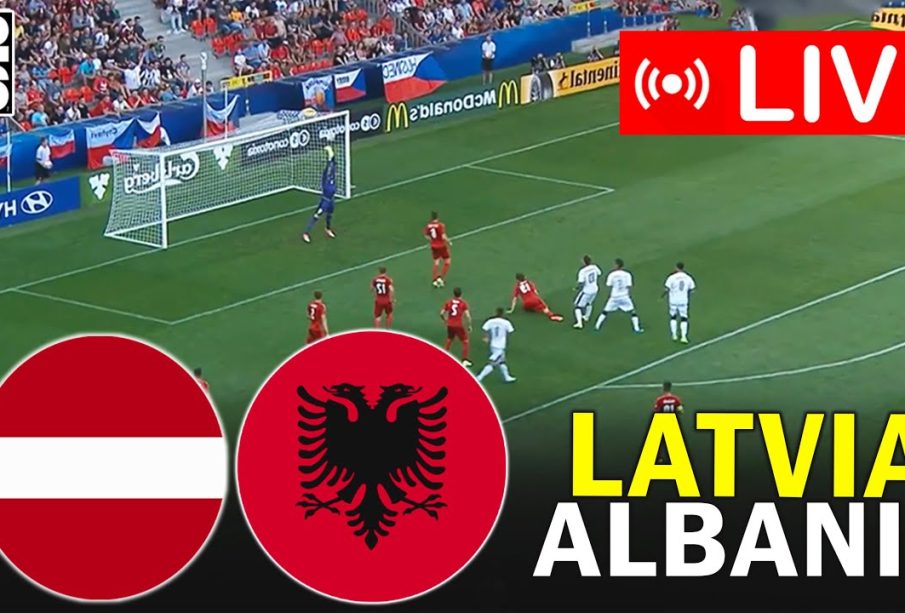Latvia vs Albania: A Cultural and Sporting Comparison

Introduction
Latvia and Albania, two distinct European nations, are recognized for their rich cultural heritages and vibrant histories. Often overshadowed in discussions compared to their larger neighbors, both countries have unique identities and contributions to the European landscape. The interactions between Latvia and Albania can be observed in various domains, especially in sports, cultural exchanges, and diplomatic relations.
Cultural Insights
Latvia, situated in the Baltic region, boasts a blend of Baltic, German, and Russian influences. It showcases this through its architecture, folk traditions, and art. The capital city, Riga, famous for its art nouveau buildings, symbolizes the country’s historical evolution and cultural significance.
In contrast, Albania, positioned in the western Balkans, is marked by its unique blend of Mediterranean and Balkan cultures. With influences from Ottoman, Greek, and Italian civilizations, Albania features diverse customs, languages, and cuisines. Cities like Tirana and Berat highlight the country’s deep historical roots, offering rich traditions and hospitality.
Sports Rivalries
One of the more prominent areas of interaction between Latvia and Albania has been in sports, particularly football. Both nations have their respective football teams that represent them in international competitions. Recent matches, notably in the UEFA European Championship qualifiers, have seen these teams showcasing their skills on the pitch. Fans from both sides eagerly cheer for their teams, leading to intense matches filled with national pride.
Current Events and Diplomatic Relations
In recent years, Latvia and Albania have engaged in various diplomatic efforts aimed at fostering co-operation in sectors such as trade, security, and culture. The signing of bilateral agreements has strengthened ties, encouraging exchanges in education and tourism. Additionally, both nations are members of various international organizations, which facilitates dialogue about broader issues affecting the region and Europe.
Conclusion
The comparison between Latvia and Albania goes beyond mere geographical proximity; it reflects the intricate tapestry of European culture and diplomacy. As both nations continue to grow and evolve, their interactions in sports and international affairs will likely flourish, showcasing their unique narratives. For readers, understanding the nuances of Latvia and Albania not only enhances cultural appreciation but also emphasizes the importance of unity and collaboration in a diverse Europe.









